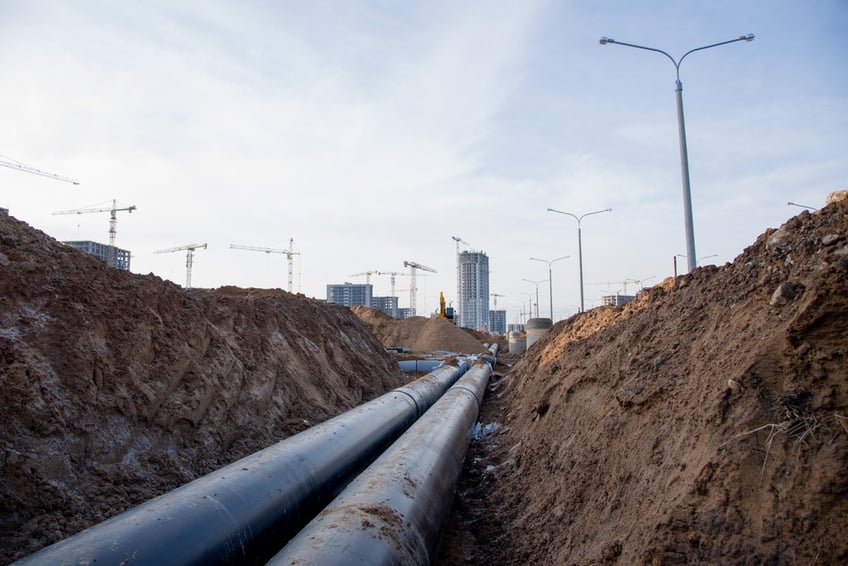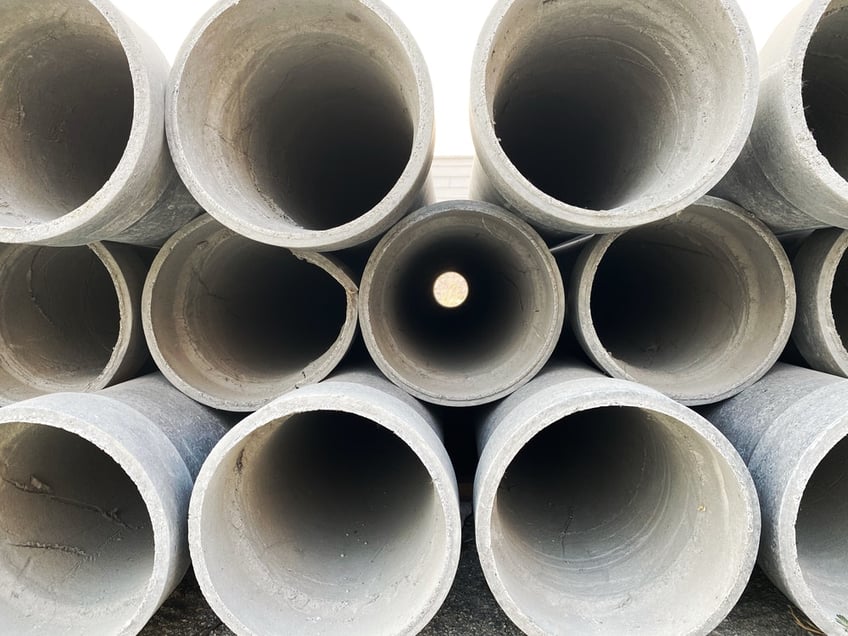Fixing damaged or broken sewer pipes used to be tough. This involved digging up an entire area to reach a busted pipe and replacing it. Fortunately, advancements in technology have made this process easier. Also known as cured-in-place pipelining, sewer pipe relining is a method for repairing pipes by curing them from the inside with a specially made resin. This works by inserting a resin-infused tube into the damaged pipe. The plumber then inflates the tube until it fits snugly against the pipe’s walls. After the resin hardens, the pipe is as good as new. Sewer pipe relining comes with benefits, including the following:
Get pipe relining quotes
- Without the need to dig up damaged pipes, the ground surface is kept mostly intact.
- A dug-up surface can be a safety hazard to people in the area due to trenches, holes, and debris. With sewer relining, the hazards are minimised.
- Relining pipes with resin reinforces them and makes them more durable.
- Because there’s no need for excavation, repairing your pipes will save you time.
- You’ll save on labour costs as well.
Should you wish to proceed with sewer pipe relining, there are several cost-related details you need to know before you get started.
How much is a pipe relining project?
On average, sewer pipe relining will set you back by about $2,000 for the first metre of piping that needs repair. For every additional metre, you will spend about $550 to $660.
Factors that affect pipe repair cost?
Take note, however, that the actual price you spend on pipe relining will depend on several variables such as: Access to the pipe Getting to the pipe you need fixed is a major factor. If access involves the need to dig up the busted pipe, expect to be charged more. If it’s the opposite, then you’ll spend less. As such, environmental features can influence access and drain repair costs. Here are some examples:
- Pipes in urban areas are commonly installed underground, so there’s an added accessibility challenge that will increase the cost.
- Access points located near a pipe for repair will reduce how much you’ll be charged by your plumber. The opposite will increase your expenses.
Size of the pipe
Remember this rule: The larger the pipe that needs sewer relining, the more resin, tubing, and time you’ll need, all of which translates to higher costs on your end. If the job gets large enough, your plumber will need bigger equipment as well. Note that pipe size isn’t just about diameter; it’s also about pipe length. Longer pipes will also mean more bends – because piping systems hardly ever travel in a straight line.

Method used
Sewer pipe relining can be carried out several ways. The most common methods are:
- Inversion – This method involves infusing a flexible pipe lining with thermosetting resin, then pushing it into the pipe to be repaired with compressed air. The pipe lining is then inverted, putting the resin between the lining and the pipe’s surface. The compressed air then pushes the lining into all the pipe’s inner contours and keeps everything in place as the resin sticks into the pipe walls.
- Patch relining – As its name suggests, this approach is suitable when one specific area of a pipe needs repairs, or when there are several defects within a shorter stretch of piping. These kinds of jobs are usually charged per patch and not per metre.
- Drag-in – For pipes with smaller diameters, plumbers use the drag-in method, which involves saturating a pipe lining with resin, pulling it into place with a calibration hose, and having the resin-infused lining cured. The drag-in method requires access to both ends of the pipe that needs to be relined.
The cost for each method varies. For example, inversion costs about $80 to $250 per metre of piping. The patch relining, on the other hand, can range from $300 to $1,000 per job.
Number of junctions
The number of branch lines (or junctions) relined over will affect your sewer repair cost, as each needs to be cut out with a robotic cutter. This will affect labour cost because it’s specialised work and requires special equipment to perform.
Materials used
As with every industry, plumbing requires the use of high-end, mid-range, or budget products. Your plumber’s choice of materials will influence how much you’ll spend.
Location
Naturally, proximity to the project will affect how far your plumber needs to travel to do the job. Their travel expenses will be passed on to you.
Work schedule
Australia has strict labour laws that protect its workers. As a result, if you need your plumber to do sewer relining work beyond regular business hours (like during weekends or holidays), you will have to shoulder their overtime.
Risk involved
As with every project, sewer relining comes with risk. For instance, once the resin is mixed, it will start to harden so there’s limited time to install the lining correctly. If your plumber makes a mistake, they will have to reline your pipe – and that takes more money. Another variable is proximity of the job to utility lines. If they’re too close, there’s the risk of damaging gas, cable, water, or electrical lines. Whether this happens or not, you will be charged more for the risk.
Labour costs in your area
Plumbers in certain cities may charge less, which could be because of factors like market forces, or simply because of more demand for sewer repair services. Here are some estimates for pipe repair cost.
| City | Sewer Pipe Relining cost (per metre) |
| Brisbane | $2,000 |
| Melbourne | $1,000 to $4,000 |
| Perth | $250 to $750 |
| Sydney | $450 to $550 |
Is pipe relining worth it?
It depends on the circumstances.
- If your pipes are under a concrete floor or is just simply too difficult to dig up, then pipe relining is certainly a great choice.
- If the cost of digging up certain sections of your pipes or drains is too expensive, then pipe relining is absolutely worth it.
- Sewer pipe relining is a suitable choice if you have limited time. Excavating pipes, replacing the damaged ones, then replacing everything is time consuming.
Remember: Sewer pipe relining is actually a permanent measure, just like pipe replacement.

How long does pipe relining take?
There is no straightforward answer because it depends on several factors. This includes how damaged the pipe is, how easy the pipe is to access, the number of people working on the job, and if you’re spending for a sewer camera inspection, which will save you time. On average, sewer relining takes about a day to complete. If the damage is extensive, you’re looking at up to three days. The resin itself takes about 2 to 4 hours to cure.
How can I find the best sewer relining cost possible?
It’s easy: Simply visit iseekplant, Australia’s trusted search site for hire equipment and contracting services. Through our website's powerful search capabilities, you can find and compare many sewer relining services in just a matter of clicks.
Bonus tips:
- Get quotes from at least three plumbers, then compare their rates to get competitive sewer relining cost estimates.
- To get an accurate quotation, find the exact location of the pipe that needs repair and ask the plumber to include the cost of sewer inspection. Take the job’s location into account as well, because the plumber’s travel distance will also influence the quote.
- Don't forget to ask a prospective plumber if they include a warranty for their pipe relining service. That way, you know the contractors are confident in their quality of work. Plus, it helps to know future repairs are covered.
But if you’re busy and don’t have the time to find a qualified and licensed plumber by yourself, you still have a couple of options to pursue:
- Get in touch with our expert team at 1300 691 912; or
- Email our Projects Team with your specifications. They will then find you capable plumbers who are ready to meet your needs.


